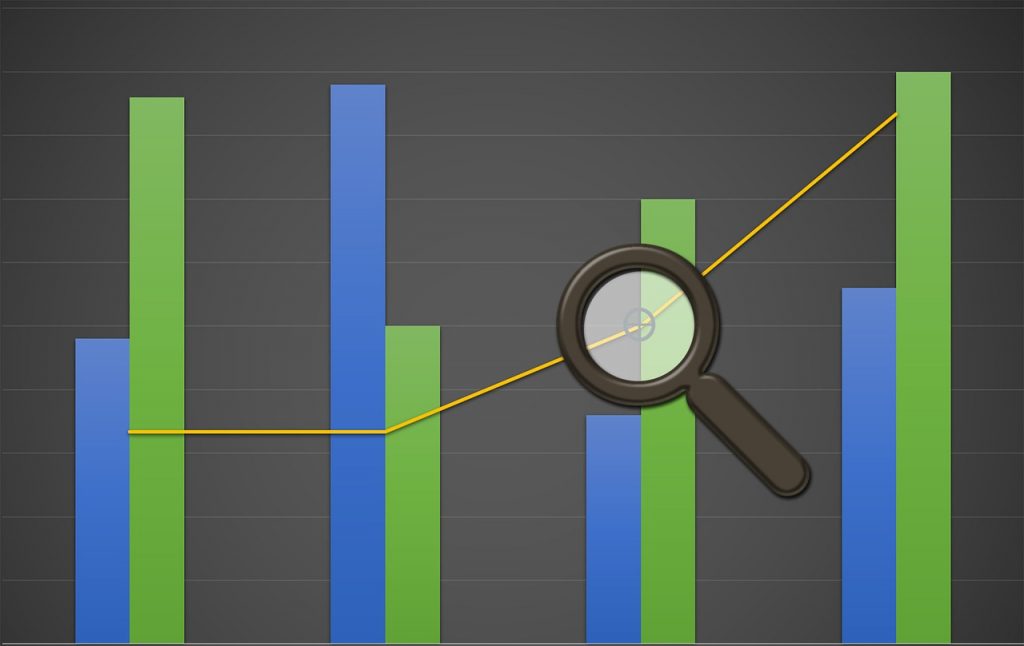
GUEST POST from Chateau G Pato
In the age of digital transformation, the role of analytics is well documented as one of the most important tools available for business owners. Analytics has become an integral part of the decision-making process, informing strategies and helping to improve overall efficiency. With its ability to measure business performance, provide actionable insights, and identify new opportunities, analytics has become an indispensable tool for leading companies.
Today, the use of analytics to drive digital transformation is becoming more common, as business owners look to harness the power of data to be competitive in the changing digital landscape. Here, we provide a guide on how you can effectively use analytics to drive your digital transformation initiatives.
1. Understand Your Goals and Objectives
Before you start to implement analytics, it’s important to spend time properly defining your digital transformation goals and objectives. By doing this, you’ll be better able to utilize the right analytics tools to achieve your specific goals. You should also think about any gaps in the data you’re collecting and create a plan to fill those gaps. This will help ensure you’re getting the most value out of your analytics.
2. Develop a Comprehensive Data Strategy
Having clear, concise data strategies in place is essential for driving digital transformation. With data strategy, you can align your business goals with your analytics objectives to ensure that you’re focusing the right resources in the right areas. A comprehensive data strategy should also include an analysis of any technical systems that need to be upgraded to support the goals of digital transformation.
3. Take Advantage of Automation
Automating analytics processes can help you save time and resources in the long run. Automation can also help to accurately forecast trends and make informed decisions quickly and efficiently. When automating your analytics processes, it’s important to consider the quality of your data, the scalability of your systems, and the method of data delivery.
4. Invest in Skilled Analysts
As you’re preparing to drive digital transformation through analytics, it’s important to ensure that you’re investing in skilled analysts. These professionals should be experienced in leveraging analytics tools and be familiar with the strategies needed to guide your organization through digital transformation.
5. Use Case Studies to Guide Your Efforts
As you’re strategizing on how to use analytics to drive digital transformation, you should look for case studies from other organizations. By leveraging case studies, you’ll be better prepared to develop robust strategies that address the challenges of digital transformation.
To illustrate this concept of using analytics to drive digital transformation, here are two case studies to consider:
Case Study #1
A well-known international food chain used analytics to transform its online ordering process. By analyzing customer feedback and buying habits, the chain was able to identify areas of customer dissatisfaction and create a more intuitive ordering system that increased consumer satisfaction and boosted online sales.
Case Study #2
A major retail chain used analytics to optimize the customer experience in its physical stores. By analyzing customer feedback and traffic flows, the chain was able to identify areas for improvement and develop strategies to create a more personalized shopping experience. As a result, the chain saw an increase in customer engagement and overall sales.
Conclusion
Using analytics to drive digital transformation is essential for organizations looking to stay competitive in the digital age. By understanding your goals and objectives, developing a comprehensive data strategy, taking advantage of automation, investing in skilled analysts, and leveraging case studies, you can effectively use analytics to inform your digital transformation initiatives.
Image credit: Pixabay
![]() Sign up here to get Human-Centered Change & Innovation Weekly delivered to your inbox every week.
Sign up here to get Human-Centered Change & Innovation Weekly delivered to your inbox every week.